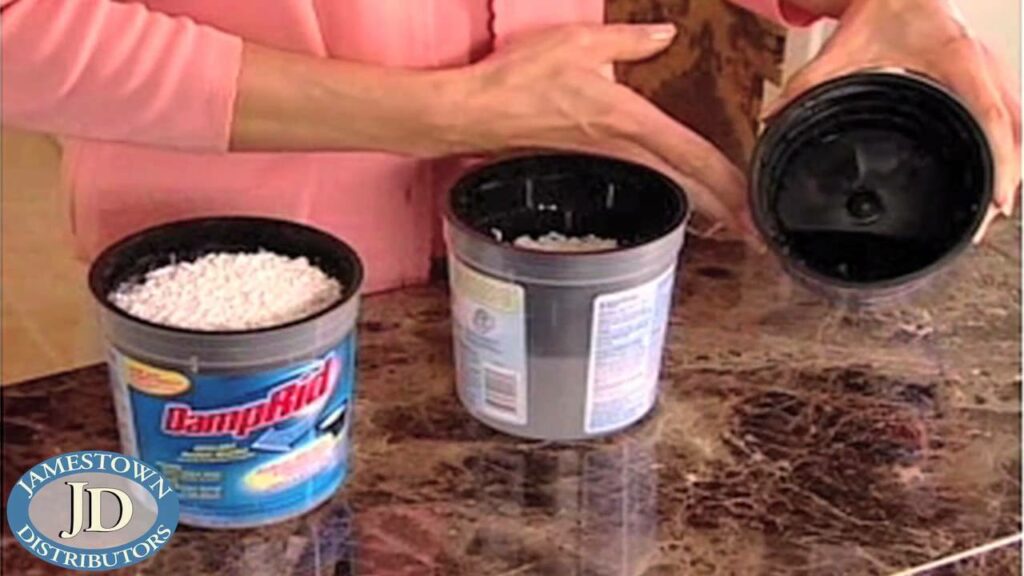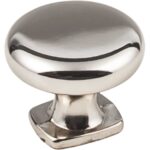Moisture Management Solutions in your home can become a menace and hard to manage. Most people end up using dehumidifiers to keep things under control. Although not everyone can afford that so what other options can you explore?
Damprid is more efficient, easy to set up, and faster to remove water from an area when removing moisture from a room. On the other hand, Charcoal is perfect for eliminating foul odors from a room, although it requires more maintenance and is slower than Damprid.
For a detailed write-down on the comparison between Damprid and Charcoal, follow this article to the end.
Table of Contents
Comparison Between Damprid And Charcoal

Speed
When it comes to the amount of time it takes to remove moisture from a room, Damprid starts to work immediately, and you will see the humidity through immediately after the crystals soak it up.
Charcoal is slower but does a great job too. For moisture removal, Charcoal is more of a long-term option.
Everything charcoal does, Damprid does except removing foul odors, thus a much easier solution for those who would like a quick fix to the problem.
Damprid is ideal for solving moisture issues for its set up at home ensures the moisture will be gone, and it will keep at bay as long as you keep up changing out the crystals.
Maintenance
Damprid and Charcoal need to be well-organized and efficient. However, there are some noticeable differences when it comes to their maintenance.
Charcoal is a little hard to maintain, and it requires continuous changing to ensure there is 100% efficiency compared to Damprid, whose maintenance is free!
Nevertheless, you will need to change out the crystals or the hanging bags when you set up Damprid in the room, even though you spread it out.
Efficiency
The effectiveness of a solution is very vital to everybody. In this regard, whether you are using Damprid or Charcoal, you will enjoy an efficient solution.
Even though Damprid is quicker in moisture removal, Charcoal is practical, too, despite taking a bit longer.
Both options are viable if your main focus is efficacy.
Odor Removal
Charcoal takes the lead on this particular detail.
Damprid is not as efficient as Charcoal when it comes to odor removal. It will get rid of the moisture, but you will have to get another solution for the lingering smell.
So if you want to take care of everything at once, then Charcoal is the suitable solution.
Similarities Between Damprid and Charcoal
Both require no electricity to operate, for they are DIY dehumidifiers
They share the core purpose of removing moisture from the air.
They cover a small area; thus, if your house is susceptible to high humidity levels, you will have a couple of them for efficiency.
How Does Damprid Work
Damprid is a product designed to remove moisture from the air, preventing excess humidity. It is a non-toxic, all-natural inorganic mineral salt called calcium chloride absorbing moisture from the air.
Here is how it works
- Place Damprid in your home area with high humidity or if you seem to have a damp feeling. The crystals will immediately begin to absorb the excess moisture from the air.
- They then begin to harden, forming a solid mass.
- The crystals then dissolve, releasing moisture into the bottom of the container.
The process will take a few days before you notice anything is happening.
Empty the bottom chamber when it is almost complete, refill the top compartment, and set Moisture Management Solutions to work again.
The process lasts depending on the amount of moisture in the air, although one container of crystals may last for a month.
The Damprid crystals begin to pull out moisture from the air when humidity levels reach 60%.
Damprid is versatile; apart from your home, you may use it in cars, store lockers, boats, or wherever you have a moisture problem.
Uses of Damprid
The primary use of Damprid is to control moisture, but do you know it has other benefits? Let’s take a look.
Moisture absorber– A bucket of Damprid can quickly remove excess moisture from the air.
Dehumidifier- Damprid can act as a humidifier if you are off the budget. You need to replace the product frequently to ensure it works effectively.
Is Charcoal A Good Dehumidifier
A humid closet, basement, or attic can affect your health and wreak havoc on your clothes. One homemade dehumidifier to eliminate humidity is the use of charcoal briquettes.
Charcoal absorbs moisture from the air, thus an excellent choice as a DIY dehumidifier. Single Charcoal can retain its absorption qualities for 2-3 months.
Charcoal also absorbs odors.
How Charcoal works

Place the charcoal briquettes in a coffee can, punch holes in the lid, and place them in the humid areas. Replace the Charcoal after a couple of months. Here is the step by step process:
- Get a large, clean can, like that of a coffee can with a lid
- Using a screwdriver, punch holes inside and top of the can.
- Place the charcoals inside the can and cover with the lid
- Place your DIY charcoal dehumidifier in the high moisture area to extract moisture from
- It would be best to replace the Charcoal after a few months with new ones to start the dehumidifying process again.
A bag of coconut shell charcoal is the best absorbing power with less powdering.
The humidity level of your home is paramount. Moisture Management Solutions is why it is necessary to take care of the humidity levels to ensure they are under control.
When it comes to homemade dehumidifiers, Damprid and Charcoal briquettes top the list.
Having been equipped with what and how each one works, I believe you can make a health decision.
Overall, Damprid works faster and efficiently and is easy to maintain when removing moisture in your house. Charcoal is equally good when observing water, although it tends to be slow yet effective. However, it is better at eliminating odors in a room.
Get your humidity levels under control with these inexpensive options and reap the benefits they bring along.


